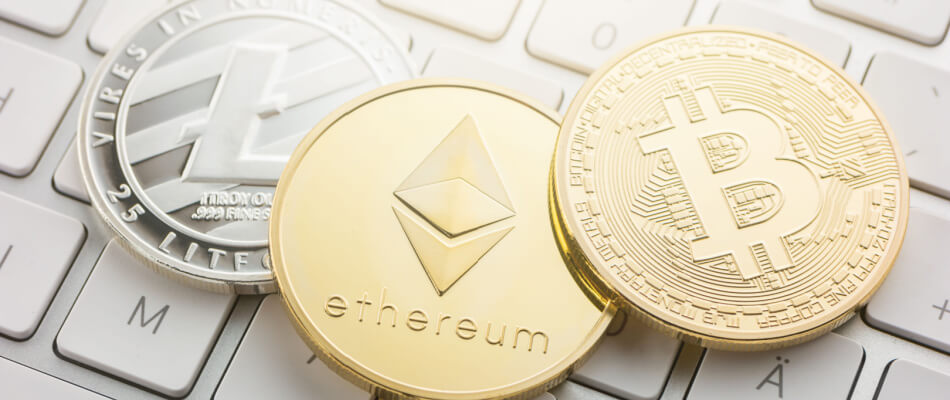Cryptocurrency Coin Trading for Beginners
The very first cryptocurrency appeared in 2009, when Bitcoin was created. At that time, it was seen by many financial analysts and organizations as a temporary trend of passing nature. Bitcoin was the very first and only digital coin of its kind, it deviated from traditional money and was also not in the hands of traditional banks. But what is cryptocurrency ?
The intention was to start using it, outside of traditional banks, after the economic crisis that had a severe impact on the global economy in 2008 and especially on the US dollar. According to financial analysts and banks, this digital was used at that time as a wave of protest and then decreased again because the US economy was resurrected. The global economy and crisis were also restored.
Anyway, the pioneer Bitcoin has grown quite quickly into a full-fledged alternative means of payment. Nowadays, buying Bitcoins or day trading them is done by many people. In addition to the unique fact that Bitcoin is a decentralized currency, its introduction also brought with it an innovative technique: blockchain technology. The result: there is an increasing interest in cryptocurrencies that have emerged from a large number of alt coins (cryptocurrencies other than bitcoin) resulting from the blockchain principle or equivalent technologies.
What are the major cryptocurrency coins
After the introduction of Bitcoin (BTC), many other crypto coins were quickly launched. Four of them quickly attracted a lot of attention and have increased strongly in value: Bitcoin Cash, Litecoin, Ethereum and Ripple. For many beginners, these cryptocurrencies are also interesting.
Of course, there are many more cryptocurrencies. Some large companies listed on the stock exchange, such as Burger Kind, are even going to launch their own cryptocurrency.
It is important to remember that the unique thing about a cryptocurrency is that it is completely decentralized and therefore not controlled by a central system. Traditional currencies are controlled by central banks such as the European Central Bank (ECB) or the Federal Reserve (FED) which are responsible for managing the euro and the dollar respectively.
You should also know that their values are not linked to metals or other tangible, fixed assets such as oil or gold. In order to convert to traditional currencies and vice versa, the value of the different rates is always indicated with the two most used currencies of trade worldwide: the Euro (EUR) and the US Dollar (USD).

The following terms are used for cryptocurrency CFD exchange rates against the US dollar:
- Bitcoin versus Dollar: BTCUSD
- Bitcoin Cash versus Dollar: BCHUSD
- Litecoin versus Dollar: LTCUSD
- Ethereum versus Dollar: ETHUSD
- Ripple versus Dollar: XRPUSD
The following terms are used for the exchange rates of cryptocurrency CFDs against the Euro:
- Bitcoin versus Euro: BTCEUR
- Bitcoin Cash versus Euro: BCHEUR
- Litecoin versus Euro: LTCEUR
- Ethereum versus Euro: ETHEUR
- Ripple versus Euro: XRPEUR. The XRPEUR terms are used to indicate the exchange rate of the Ripple against the euro. This way you know how many euros a Ripple is worth.
Why should you invest in cryptocurrencies like Bitcoin?
For a long time, only a small community showed interest in cryptocurrencies, but in the meantime that audience has expanded considerably. More and more people, and especially young people, are starting to invest in cryptocurrency. The use of cryptocurrencies for trading purposes has also only increased in recent years, which means that they are increasingly bought and sold, just like traditional coins.
It is attractive to invest in cryptocurrencies through physical investments, although it is more interesting to trade in crypto coins through CFDs . The cryptocurrency market is quite volatile. It is not unusual for daily prices to fluctuate with peaks of tens of percentages. In such a volatile environment, the use of CFDs is useful. For example, you can buy Bitcoins in just a few seconds and also sell them very quickly.
In contrast, recording and processing a (sale) purchase order for a physical cryptocurrency takes a lot longer. In online trading, every second counts between entering an order and executing it. That short period in between can save you tens to hundreds of euros (you can avoid this profit) if you use CFDs instead of physical cryptocurrencies. However, be aware that CFDs involve a relatively high risk.
Compare brokers and start investing in cryptocurrency
Are you excited about investing in cryptocurrency after reading this article? Compare brokers and find the broker that suits you best!